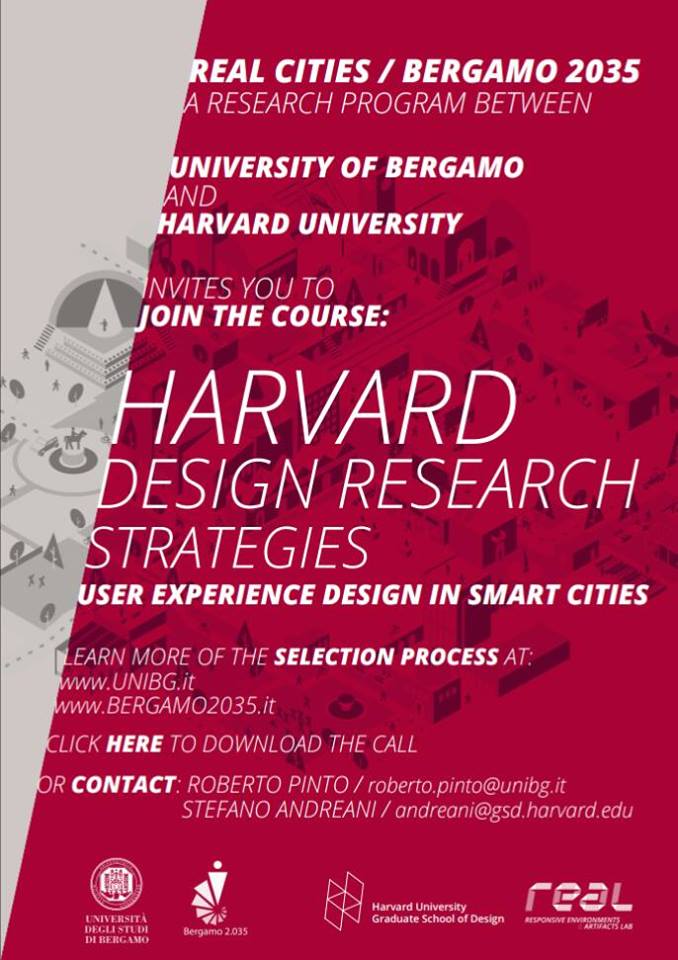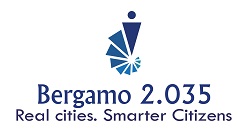Urban Safety 2016-17
Urban safety
With a focus on the City of Bergamo (Italy), this year the main research topic is urban safety, addressing the relationship between the objective quantification of safety indicators in urban environments and the subjective perception of safety both in physical and digital places.
 The course ultimately aims to investigate the complex interplay of people’s behaviors and new technologies in responsive built environments, opening up unexpected research and design opportunities as well as generating impulses and solutions for innovative urban development at different scales.
The course ultimately aims to investigate the complex interplay of people’s behaviors and new technologies in responsive built environments, opening up unexpected research and design opportunities as well as generating impulses and solutions for innovative urban development at different scales.
In that sense, Bergamo ‒ a typical mid-size European city ‒ offers an ideal case study for prototypical interventions that can be possibly replicated in other urban contexts.
“Urban Safety 2016-17” is the theme chosen by Bergamo 2.035 for this new academic year 2016-2017.
The course looks into the future of the built environment from a technologically augmented point of view, with a strong focus on sustainability and longevity of responsive spaces and artifacts.
Putting the human being at the center and forefront, from the micro (bodily sensors, smart product design) to the macro (augmented buildings, information infrastructures, communication frameworks), the course examines new models, technologies, and techniques for the design of innovative architectural spaces, systems, interfaces, and responsive environments.
The research pursued by the course investigates the challenges related to the integration of digital technologies in cities, exploring both opportunities and repercussions on the spatial structure of the built environment as well as on the experience of citizens in both physical and virtual realms. Key research questions include:
1. What is the impact of digital technology on the experience of the built environment?
2. What are the transformations that the emerging spatial intelligence of cities will foster?
3. How can responsive environments facilitate the creation of new forms of relationships with the city?
4. How can the functioning mechanisms and dynamics of existing urban contexts promptly respond to the user needs and contextual occurrences?


